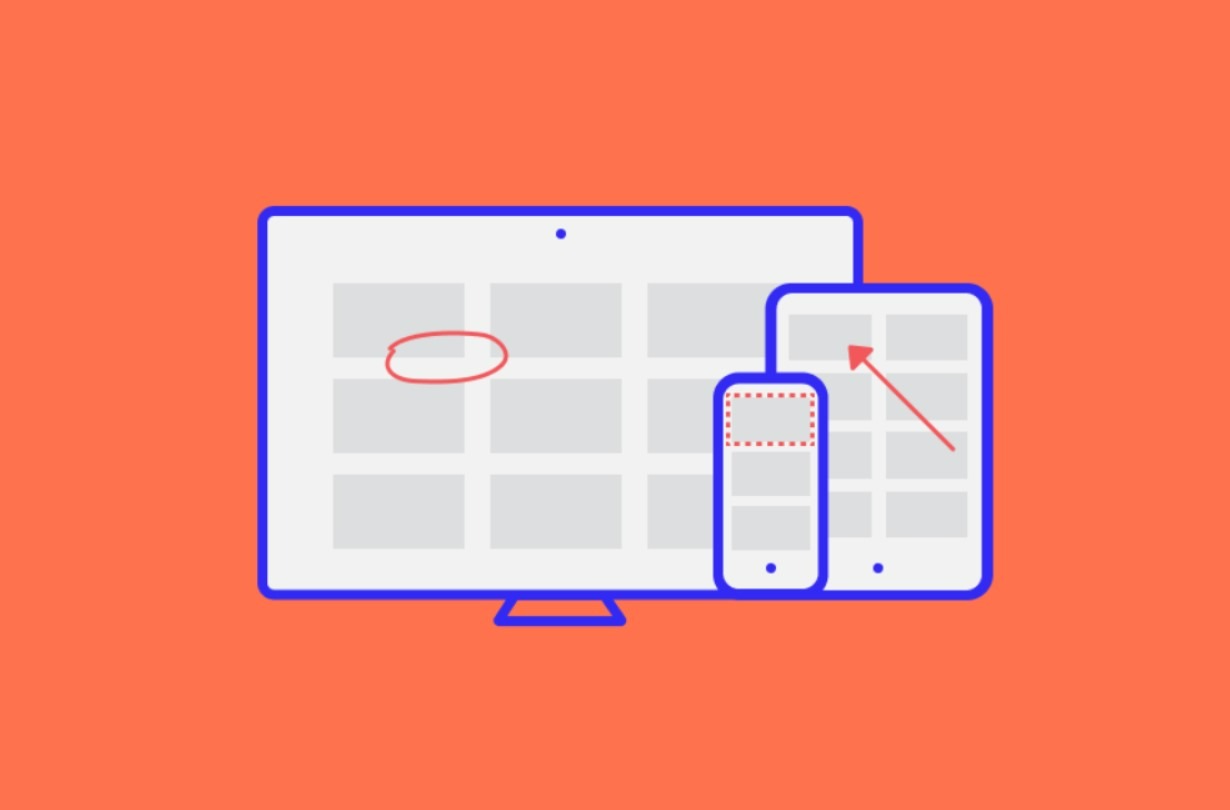Widgets are an integral part of modern websites. These compact elements allow you to solve various tasks, making your website more functional and attractive for users. In this article, we will understand what a website widget is and how to use it correctly on your website.
A Website Widget: What Is It?
What is a website widget? It is a graphical interactive element embedded in the site’s interface that performs specific tasks.
Widgets can display information compactly: weather, currency exchange rates, and news. Also, with the help of widgets, there are various services on the site: search, calculators, and chats.
The primary purpose of widgets is to make the site more functional, interactive, and convenient for visitors. Well-designed widgets help to increase the user’s time on the site and increase the conversion rate.

Differences Between Widgets and Plugins
Widgets are often confused with plugins, but there are significant differences between them:
- A plugin extends the functionality of a website, while a widget only complements it by performing a limited task.
- A plugin can run in the background, while a widget is always visible to the user.
- Installation of plugins requires intervention in the site’s code, but widgets are inserted simply in the right place on the page.
- Plugins are often used to solve complex problems, while widgets solve simple local tasks.
Thus, a widget is a visual interactive element that complements the site and solves a specific problem. At the same time, the plugin is designed to expand the functionality of the resource as a whole.
Types of Widgets
There is a wide variety of widgets, which can be divided into several key categories depending on their purpose. Let’s consider the main types of them.
Information Widgets
Information widgets are designed to display current news, data, and events. They allow site visitors to get important information in a concise and visualized form:
- News widgets showcase the latest news in a particular area or on a given site.
- Weather widgets show current weather conditions and forecasts. Useful for sites related to tourism and car business.
- Widgets of exchange rates and stock indices are needed for financial sites. They display current values online.
Such widgets are helpful to inform the site’s target audience.
Functional Widgets
Functional or service widgets add helpful tools for solving different tasks on the site:
- Feedback forms collect requests, feedback, and appeals from visitors.
- Chatbots provide prompt communication with visitors and their support. The use of chatbots can increase the conversion rate of the site by 50%.
- Timers can count down to an event.
- Maps are convenient to embed on companies’ websites with offline points of sale.
It optimizes the work of the site, making it more convenient for visitors.
Entertainment Widgets
Entertainment widgets are needed to increase audience engagement and time on the site:
- Games on the site are appropriate for entertainment portals and sites for children.
- Quizzes and polls are useful for media, educational projects, and social networks.
- Puzzles and tests are used to assess knowledge and logic.
Such widgets entertain and interest visitors, making them linger on the site.
Marketing Widgets
These widgets are aimed at promoting the site and increasing sales:
- Social media widgets allow you to subscribe and share content on social networks.
- Pop-ups are used to show promotions, discounts, and advertisements.
- Subscription forms collect contacts for email newsletters.
This kind is actively used in marketing to promote goods and services.

How to Add a Widget to a Website
To add a widget to a website, you need to follow a few steps.
Choose the Right Widget
First, decide what kind of functionality you need on the site. For example, a feedback form, chat, calculator, or timer. Choose a widget based on the goals of the site and the needs of the target audience.
Focus on the theme and niche of your site. For an online store, there are relevant calculators and chats on the site of services, including online recording and callback.
Take into account the technical features of the site. Some widgets may only work on some platforms. Choose reliable widget developers with positive reviews to avoid problems.
Get the HTML/JS Code of the Widget
After selecting a widget, you must get its code to insert it into the site.
Most often, it is HTML/JS code; less often, it is a ready-made module for CMS. You can get the code on the widget developer’s site after customizing it.
Sometimes, you need to download the widget file and connect it to the site. In any case, follow the widget developer’s instructions.
Insert the Widget Code in the Right Place on the Site
The last step is to place the widget code in the desired location on the site.
To do this, go to the code editor or visual editor of your site and paste the code into the desired location on the page or template.
Often, the widget code is inserted before the closing <body> tag. After inserting the code, save the changes and test the widget on the site.
This way, you can add any functionality you need with widgets.
Widget Design and Impact on Site Conversion Rates
Good widget design is vital for site conversion. The basic rules for widget design are:
- Use catchy, large headlines and bright colors to attract attention.
- Make the font large and legible, with reasonable spacing.
- Add quality images, illustrations, and icons.
- Keep the same style as the overall design of the site.
- Make widgets interactive, with the possibility of feedback.
If these rules are followed, the design of widgets will work effectively to increase the conversion rate of the site.
Conclusion
Widgets are an integral part of modern websites. These compact and functional elements make a web resource more convenient and valuable.
Proper use of widgets makes the site more functional, increases visitor loyalty, and increases conversion rates. Experiment with different types of widgets, monitor their effectiveness, and choose the best solutions for your resource.
I am a committed and seasoned content creator with expertise in the realms of technology, marketing, and WordPress. My initial foray into the world of WordPress occurred during my time at WebFactory Ltd, and my involvement in this field continues to grow. Armed with a solid background in electrical engineering and IT, coupled with a fervor for making technology accessible to the masses, my goal is to connect intricate technical ideas with approachable and captivating content.
